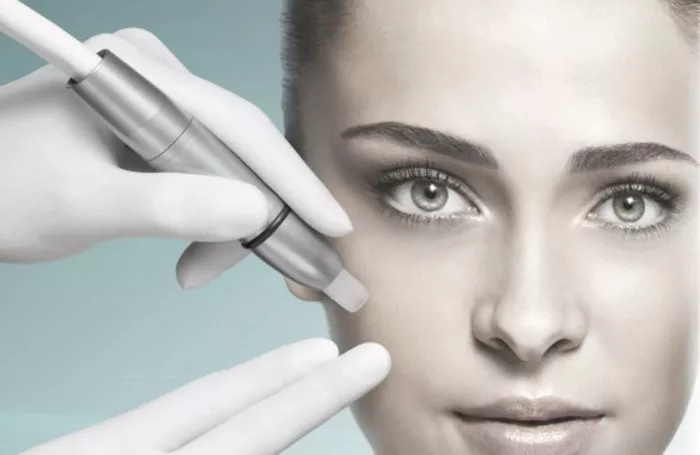Laser treatment is a popular cosmetic procedure that is used to treat a variety of skin conditions and concerns, including fine lines, wrinkles, acne scars, and uneven skin tone. While laser treatment is generally considered safe and effective, many people wonder if it is painful on the face. In this article, we will explore the question of whether laser treatment is painful on the face, including the different types of lasers used, the factors that can affect the level of discomfort, and tips for minimizing pain during and after the procedure.
Types of Lasers Used for Facial Treatment
There are several different types of lasers that are used for facial treatment, each with its own unique properties and benefits. The following are some of the most common types of lasers used for facial treatment:
Carbon Dioxide (CO2) Laser
Carbon dioxide (CO2) laser is a type of ablative laser that is used to treat deep wrinkles, scars, and other skin imperfections. This laser works by vaporizing the top layer of skin, which stimulates the growth of new, healthy skin cells. CO2 laser treatment is generally considered to be more painful than other types of lasers, as it involves the removal of a significant amount of skin.
Erbium Laser
Erbium laser is another type of ablative laser that is used to treat fine lines, wrinkles, and other signs of aging. This laser works by removing the top layer of skin, which stimulates the growth of new collagen and elastin fibers. Erbium laser treatment is generally considered to be less painful than CO2 laser treatment, as it is less invasive and involves the removal of less skin.
Fractional Laser
Fractional laser is a non-ablative laser that is used to treat fine lines, wrinkles, and other signs of aging. This laser works by creating tiny, microscopic wounds in the skin, which stimulate the growth of new collagen and elastin fibers. Fractional laser treatment is generally considered to be less painful than ablative laser treatment, as it is less invasive and involves less damage to the skin.
Factors That Can Affect the Level of Discomfort
The level of discomfort experienced during laser treatment can vary depending on several factors, including the type of laser used, the intensity of the treatment, the area being treated, and the patient’s pain tolerance. The following are some of the key factors that can affect the level of discomfort experienced during laser treatment:
Type of Laser Used
As discussed above, the type of laser used can have a significant impact on the level of discomfort experienced during treatment. Ablative lasers, such as CO2 and erbium lasers, are generally considered to be more painful than non-ablative lasers, such as fractional lasers.
Intensity of the Treatment
The intensity of the laser treatment can also affect the level of discomfort experienced. Higher intensity treatments are generally more painful than lower intensity treatments, as they involve more damage to the skin.
Area Being Treated
The area being treated can also affect the level of discomfort experienced. Areas with thinner skin, such as the face and neck, are generally more sensitive and may be more painful to treat than areas with thicker skin, such as the back or legs.
Patient’s Pain Tolerance
Finally, the patient’s pain tolerance can also affect the level of discomfort experienced during laser treatment. Some people are more sensitive to pain than others and may experience more discomfort during the procedure.
Tips for Minimizing Pain During and After Laser Treatment
While laser treatment can be uncomfortable, there are several things that can be done to minimize pain during and after the procedure. The following are some tips for minimizing pain during and after laser treatment:
Numbing Cream
Applying a numbing cream to the treatment area before the procedure can help to reduce pain and discomfort. Numbing creams are available over-the-counter or can be prescribed by a doctor.
Cooling Gel
Using a cooling gel or ice pack on the treatment area after the procedure can help to reduce swelling and discomfort.
Pain Medication
Taking over-the-counter pain medication, such as ibuprofen or acetaminophen, can help to reduce pain and discomfort after the procedure.
Avoiding Sun Exposure
Avoiding sun exposure and wearing sunscreen can help to reduce the risk of sunburn and discomfort after the procedure.
Conclusion
Laser treatment is a popular cosmetic procedure that can be used to treat a variety of skin conditions and concerns. While laser treatment can be uncomfortable, the level of discomfort can vary depending on several factors, including the type of laser used, the intensity of the treatment, the area being treated, and the patient’s pain tolerance. By following the tips outlined above, patients can minimize pain and discomfort during and after the procedure.


